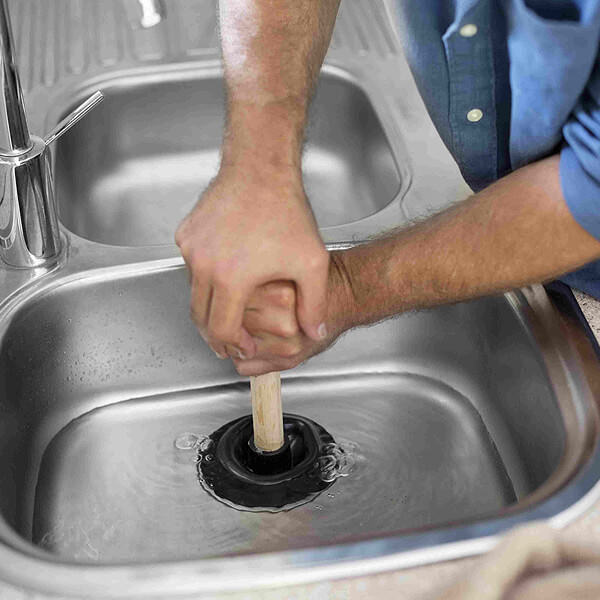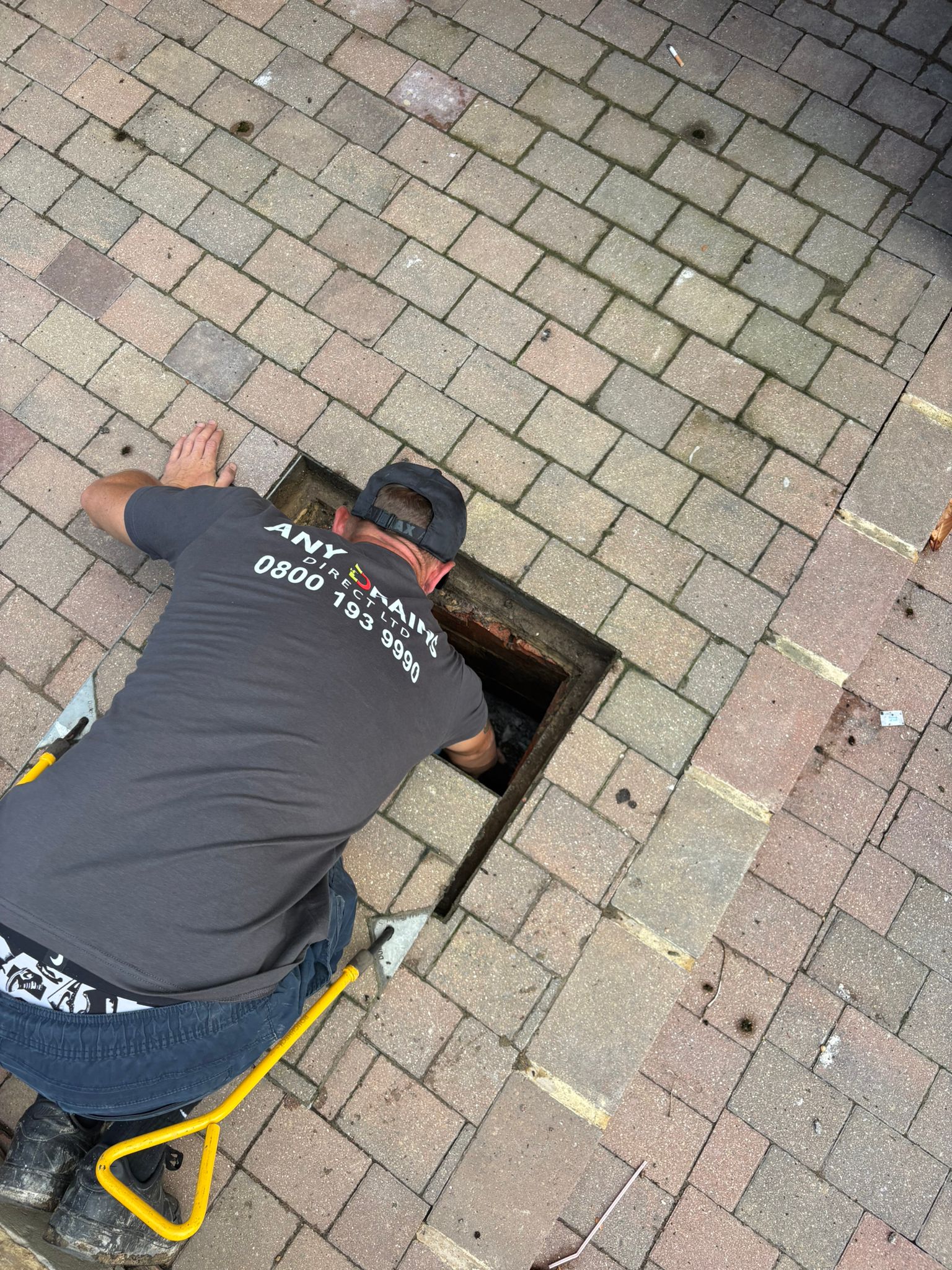The article author is making several good points relating to 8 Tips For Clearing A Blocked Drain in general in this post followed below.

Introduction
Handling an obstructed drainpipe can be an irritating experience, interrupting everyday tasks and possibly triggering damages to your building. Nonetheless, prior to connecting to plumbing experts, there are actions you can take to attend to the issue yourself. In this guide, we'll check out do it yourself solutions and preventive measures to deal with a blocked drain properly.
Identifying the Concern
The primary step in attending to a blocked drainpipe is recognizing the signs. Slow water drainage, gurgling sounds, foul odors rising from drains, or water support up prevail indicators of an obstructed drainpipe. Identifying these indications early can aid prevent further difficulties.
Usual Causes of Obstructed Drains
Recognizing the variables that add to drain pipes obstructions is essential for efficient resolution. Usual culprits include hair, soap scum, oil, food particles, and foreign items like hygienic products or paper towels. Tree roots getting into below ground pipelines can additionally trigger significant blockages.
Do it yourself Solutions
For small blockages, a number of DIY remedies can be reliable. Putting boiling thin down the drain can help dissolve oil and debris. Sodium bicarbonate and vinegar or a combination of salt and baking soft drink can serve as all-natural cleaners. Utilizing a bettor or pipes serpent to remove blockages is an additional choice.
Tools and Tools
Having the right tools handy can make DIY drainpipe cleaning much more effective. A plunger is a flexible device for removing obstructions in sinks, bathrooms, and showers. A plumbing serpent or auger can get to deeper clogs, while drain cleaning chemicals can be made use of very carefully for persistent blockages.
Preventive Measures
To avoid future clogs, taking on safety nets is vital. Mount drainpipe guards or filters to capture hair and debris before they go into the pipelines. Consistently flush drains with hot water to liquify oil accumulation, and stay clear of taking care of grease or solid waste away.
When to Call an Expert
While DIY options can deal with minor clogs, specific indicators show the need for professional help. Relentless clogs, foul odors in spite of cleansing efforts, or several drains pipes supporting at the same time are red flags that call for professional intervention.
Selecting the Right Pipes Solution
When choosing a pipes service, think about variables such as experience, licensing, and consumer testimonials. Pick a reputable plumbing with a track record of top quality handiwork and clear rates practices.
Expense Considerations
The price of specialist drain cleaning company can vary depending upon the seriousness of the obstruction and the plumbing's rates. Request quotes from several providers and inquire about any added fees to ensure transparency and avoid shocks.
Safety Measures
When trying DIY drain cleaning, prioritize safety and security. Put on protective handwear covers and eyewear to stay clear of contact with damaging chemicals or germs. Never ever blend various drain cleansing products, as this can produce unsafe fumes.
Instance Studies
Real-life instances show the performance of do it yourself options and the importance of prompt expert treatment in settling drain obstructions.
Final thought
By adhering to the pointers detailed in this overview, you can efficiently deal with blocked drains and avoid future plumbing issues. Whether opting for DIY options or seeking specialist help, timely activity is key to preserving a healthy and balanced plumbing system and preserving the stability of your home.
How to Clear a Clogged Drain Yourself (And When to Call In the Professionals)
What Can Clog a Drain
Dirt Skin flakes Hair Grease Soap scum Food Offset pipes Tree roots Small objects Mineral buildup DIY Tricks to Unclog a Drain
You can fix this! Once you have identified the source of the clog (or have a vague idea), you can try one or a combination of these fixes in order to clear your plumbing.
Wire Hanger or Snake
Untangle and clear out hair from a drainpipe with a homemade snake. Use a straightened-out wire hanger with a 90-degree angle hook to locate the clog and drag out any unwanted material.
Remember not to push the clog further down to where the wire hanger cannot reach! If you need to follow up with a plunger, give it a try. Your efforts might be more successful after it’s been wire-snaked.
If you want to get fancy and don’t have a wire hanger to spare, head to the store and pick up a hand-operated drain snake. You can get one for $10-$30. It may save you the hassle, and provide additional length to reach deep into the clogged pipe.
Plunger
A cup plunger has a suction cup attached to a wooden handle. The rubber creates a seal around the drain, and increases the pressure force of the plunger.
Plunge for 30-second increments to loosen the clog. This may need to be repeated over the course of 15-20 minutes. Once plunged, run the water to flush the remaining material out of the drain.
Remember– never use a plunger if you have used a chemical drain cleaner. These chemicals can splash up from the force of the plunger and cause serious injury or burns.
Boiling Water
Hot water can sometimes break up materials into a flushable amount. Dirt, grease, and soap buildup requires heat in order to unstick from surfaces.
Take your kitchen kettle and heat your water to a boil. Once it reaches a rolling boil, pour it directly down the drain into the blockage. Carefully follow with plunging, if necessary.
Don’t worry if this takes more than one try! It can often take multiple kettles and repeated plunging in order to clear a particularly stubborn clog.
Chemical Drain Cleaner
As a last resort, pick up a bottle of chemical drain cleaner. Drain-cleaning chemicals are potent, and not very good for the environment.
You may need to wear protective eyewear in gloves before handling your bottle of chemical drain cleaner. Follow the instructions printed on the bottle, and flush with water as soon as the instructions allow. Do not follow with plunging.
Baking Soda and Vinegar
As a safer alternative to chemical drain cleaner, baking soda and vinegar can create a chemical reaction that clears tough clogs.
Combine one cup of cleaning vinegar with one cup of boiling water, and set aside. Once you have done this, pour half a cup of baking soda down the drain. Give the baking thirty seconds to settle and cover a large portion of the problem drain.
Following the baking soda, pour down your vinegar and hot water solution. Once the vinegar and baking soda combine, the mixture will bubble and fix. Let this reaction fizzle in the drain for about an hour.
After an hour, follow with a kettle’s worth of hot water. The heat and liquid should flush out any remaining material.
When to Call a Plumber
If your DIY attempts haven’t cleared your clog drain, it’s time to call in a professional. It’s not worth losing access to your kitchen sink or high-traffic bathroom. A clog in a vital area can keep you from the things you’d rather be doing, and derail your routine.
Anytime a clog is causing water to spread is a time to call in a plumbing service. What starts out as a little bit of water can quickly grow into serious, expensive water damage.
Additionally, a serious clog can result in burst pipes or serious leaks. Make sure you know when to take it seriously!
https://myguysnow.com/how-to-clear-a-clogged-drain-yourself-and-when-to-call-in-the-professionals/

I was shown that report on Some easy tips to fix blocked drains from a good friend on our other website. Sharing is caring. Helping people is fun. I treasure your readership.
Source This Article